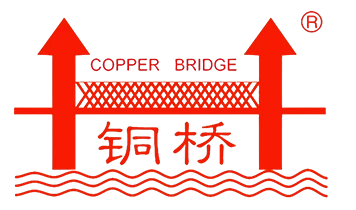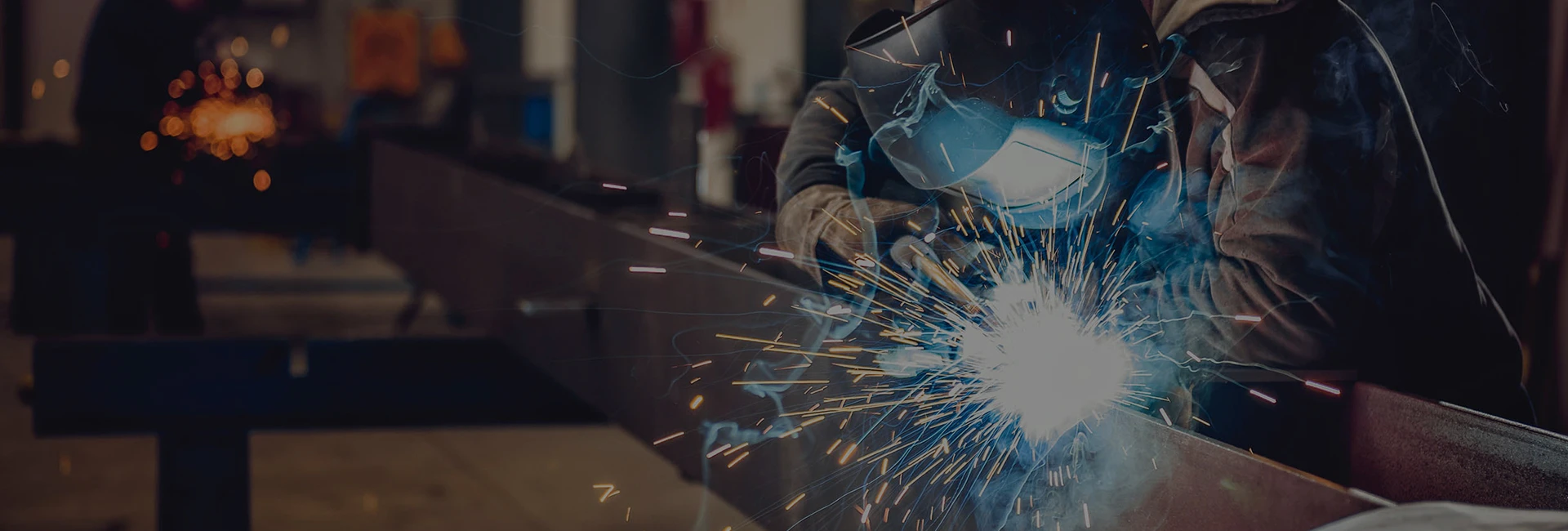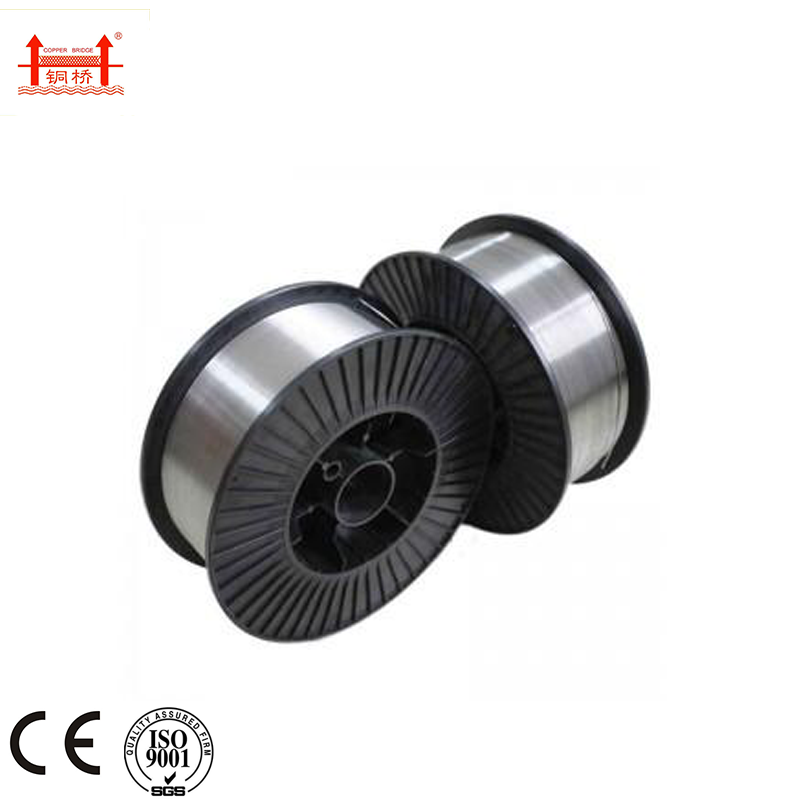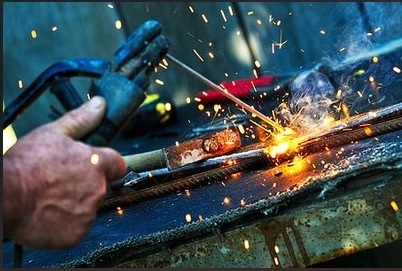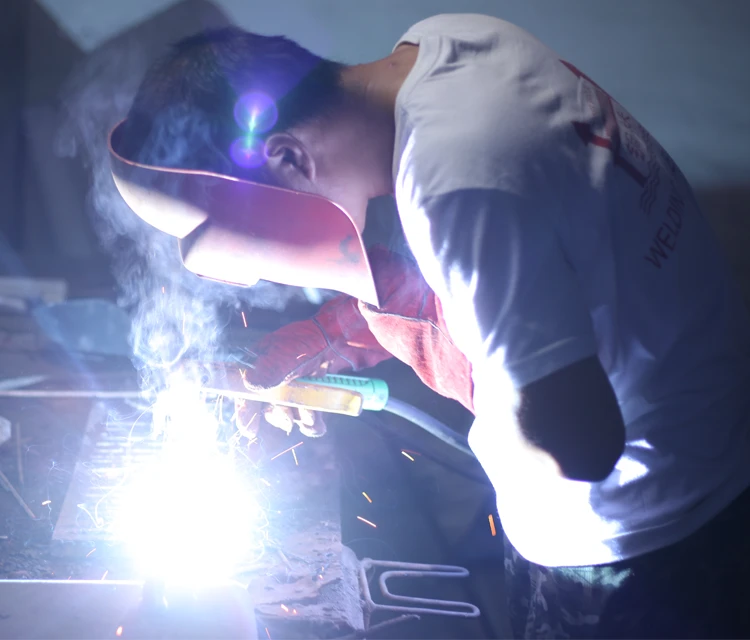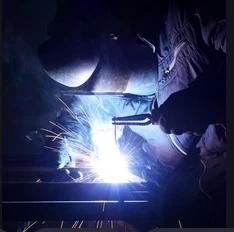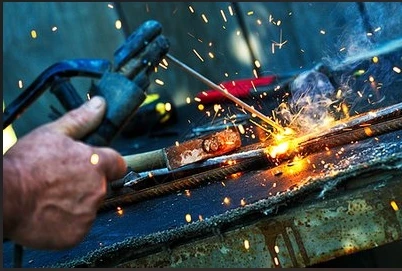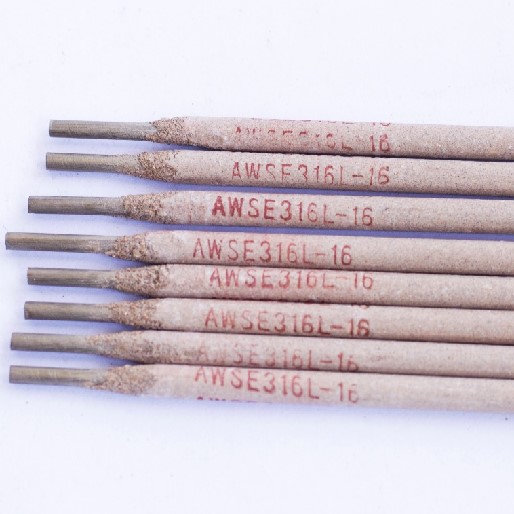AWS E7018 Welding Electrodes – Durable, Low-Hydrogen Welding Solutions Worldwide
Nov . 21, 2025 10:00
Unveiling AWS E7018: The Heartbeat of Modern Welding
If you’ve ever wondered what keeps the backbone of steel fabrication so reliable worldwide, you’ve probably encountered aws e7018 somewhere—maybe not in name, but in its solid, durable welds holding up bridges, pipelines, and buildings. This electrode though, is more than just a welding rod; it’s a quiet giant in infrastructure, manufacturing, and repair jobs around the globe. Understanding aws e7018 can feel a bit technical, but its global importance is staggering: it underpins everything from skyscrapers in New York to critical oil rigs offshore.
Let’s dive into why knowing about this welding electrode matters—not just for engineers but anyone curious about what keeps our built environment safe, strong, and enduring.
Why AWS E7018 Matters on a Global Scale
Steel construction, welding, and repairs represent a huge chunk of the world’s industrial activity. According to the World Steel Association, global steel production topped 1.8 billion tonnes in recent years—each ton welded, quite often, with electrodes like aws e7018. The UN’s Sustainable Development Goals (SDG 9 & 11) emphasize resilient infrastructure and sustainable industrialization, both directly connected to welding quality and durability.
Challenges such as extreme weather exposure, seismic activity, and industrial wear push welders and materials to their limits. Here is where aws e7018 shines—it handles stress well and offers consistent performance even in unforgiving environments. So while it might sound niche, this electrode is actually a key player in addressing safety and sustainability on a global scale.
Mini Takeaway:
- aws e7018 is crucial globally due to its durability in steel welding, supporting resilient infrastructure.
- It links directly to sustainable industrial growth and public safety worldwide.
What Is AWS E7018 Anyway?
In simple terms, aws e7018 is a type of low-hydrogen stick electrode used in shielded metal arc welding (SMAW). The "E" stands for electrode, “70” indicates a minimum tensile strength of 70,000 psi, “1” is the welding position versatility (can be used all-position), and “8” relates to the coating and the welding current (it’s a low-hydrogen type designed for DC and AC currents).
Its low-hydrogen characteristic means it’s less prone to cracking and porosity, making it ideal for critical projects where weld integrity can't be compromised. Engineers like to say it “bridges the gap” between strength and reliability in welding. Whether for new construction or renovation, it's the go-to electrode for robust, long-lasting welds.
Mini Takeaway:
- Simple code, complex benefits: aws e7018 ensures strong, crack-resistant welds.
- Widely versatile for most welding positions and current types.
Core Features That Make AWS E7018 Indispensable
Durability and Strength
One of the biggest selling points is its tensile strength of around 70 ksi (kilo-pounds per square inch). That means welds made with aws e7018 can withstand considerable stress—critical for bridges, pressure vessels, and offshore platforms.
Low Hydrogen Content
Hydrogen in weld metal can cause cracking. AWS E7018 electrodes are coated with a special flux that keeps the surrounding weld zone free of hydrogen, drastically reducing the chances of defects.
Excellent Slag Removal
Its flux coating also forms a thick slag that's easy to chip away after welding, giving a clean, smooth finish. This not only speeds up post-weld cleanup but preserves weld integrity.
All-Position Welding
Whether flat, vertical, or overhead, aws e7018 electrodes perform well, offering versatility on the jobsite. It saves time and reduces the need for multiple rod types.
Wide Voltage Compatibility
The electrode can be run on both AC and DC currents — some say this flexibility is a practical lifesaver in locations with variable power sources.
Mini Takeaway:
- Strength, crack resistance, and ease of use make aws e7018 a welding staple.
- Its features promote efficiency and reliability across diverse projects.
Global Applications: Where AWS E7018 Really Shines
Industries from shipbuilding in South Korea to pipeline construction in Canada rely heavily on aws e7018 welding rods. In the Middle East's harsh desert climates, this electrode withstands temperature extremes and corrosive environments, proving its mettle in oil and gas installations.
Post-disaster recovery efforts, such as rebuilding infrastructure after earthquakes or floods in Southeast Asia, often depend on welders using aws e7018 rods to restore bridges, water tanks, and industrial plants swiftly and safely.
Even manufacturers of large-scale transport equipment — trains, trucks, and cranes — prefer these rods for their weld joints due to consistent quality and toughness.
Mini Takeaway:
- From deserts to oceans: aws e7018 is trusted worldwide for critical structural work.
- Supports industries essential to economic growth and public safety.
Advantages & Long-Term Value of AWS E7018 Welding Electrodes
- Cost Efficiency: Fewer defects and repairs mean savings during the construction and maintenance phases.
- Sustainability: Its durability translates to longer-lasting structures, reducing resource consumption over time.
- Safety & Trust: Reduced cracking risks lead to safer buildings and pipelines — peace of mind for workers and users alike.
- Innovation: Constant advances in flux coatings keep improving the electrode’s performance and adaptability.
Frankly, it’s the trust that welders and fabricators place in aws e7018 that keeps it in production decade after decade.
Looking Ahead: Trends & Innovations in AWS E7018 Electrode Technology
Today's industry conversations revolve around eco-friendliness and automation. Manufacturers anticipate new flux coatings formulated from more environmentally friendly raw materials. Furthermore, adapting aws e7018 rods for robotic welding arms, integrated with digital quality control, is a rising trend.
Low carbon footprint steel and electrodes designed for renewable-energy industry fabrication — wind turbines, solar mounting structures — are hot topics among R&D teams. So, this humble electrode may get a “green” makeover soon.
Challenges & Expert Solutions
While aws e7018 electrodes are incredibly versatile, they require careful storage and handling because moisture can ruin low-hydrogen coatings, leading to weld defects. That’s why controlled storage in heated ovens is advised, especially in humid climates.
Expert welders recommend preheating large steel components before welding with aws e7018 to minimize stress and cracking, particularly in thick or high-strength steels.
The welding industry has developed moisture meters and advanced drying ovens to keep these rods in prime condition — all fairly easy fixes once you know what to watch for.
Product Specification Table
| Specification | Value | Notes |
|---|---|---|
| Electrode Type | SMAW Low Hydrogen | Shielded Metal Arc Welding |
| Tensile Strength | ≥ 70,000 psi (485 MPa) | Minimum guaranteed strength |
| Welding Position | All-position (1) | Flat, vertical, overhead, etc. |
| Current Type | AC / DC+ | Compatible with both AC and DC welding machines |
| Coating Type | Low-hydrogen potassium iron powder | Reduces weld defects |
| Storage Requirements | Dry, low humidity, 250°F oven recommended | Prevents moisture absorption |
Vendor Comparison Table
| Provider | Price Per Pound (USD) | Batch Consistency | Global Availability | Humidity Protection |
|---|---|---|---|---|
| Prime Weld Inc. | $3.50 | High | North America, Europe | Prepackaged oven-sealed |
| Global Weld Supply | $3.10 | Medium | Asia, Africa, Latin America | Requires customer drying |
| Jinlong Welding Electrode (official) | $3.75 | Very High | Global | Factory-sealed, oven-dried |
Common Questions About AWS E7018
Q: What distinguishes aws e7018 from other welding electrodes?
A: Simply put, aws e7018 rods contain a low-hydrogen potassium iron powder coating that minimizes weld cracking, which isn’t always the case with other electrodes. They also support multiple welding positions and both AC/DC currents, making them more versatile and durable.
Q: How should I store aws e7018 electrodes to maintain quality?
A: Moisture absorption is enemy number one here. Store your electrodes in a dry, temperature-controlled oven—ideally at around 250°F—to keep the flux coating from getting damp, which can cause defects or weld porosity.
Q: Can inexperienced welders use aws e7018 rods effectively?
A: Yes, but with caution. While the rods are user-friendly, proper technique matters—especially maintaining correct arc length and welding parameters. Training improves weld quality significantly with these electrodes.
Q: Are aws e7018 rods suited for outdoor welding?
A: Absolutely. Their low hydrogen content reduces moisture-related weld issues, making them suitable for outdoor conditions. However, try to avoid direct exposure to rain or high humidity during storage and welding.
Q: Can I buy aws e7018 electrodes internationally?
A: Yes, many vendors including aws e7018 suppliers have global distribution networks or offer international shipping—just ensure customs and import regulations are followed.
Wrapping Up: Why AWS E7018 Should Be Your Welding Electrode of Choice
At the end of the day, the humble aws e7018 electrode quietly fortifies the steel skeletons of our world. It’s reliable, tough, versatile, and backed by decades of industrial trust. Whether you’re a seasoned welder, an engineer specifying materials, or just curious about what keeps modern infrastructure safe, knowing about aws e7018 is a solid investment in quality and safety.
For reliable supply and quality assurance, why not check out aws e7018 directly? Your next project might just thank you for it.
Final Thought:
Durability, versatility, and trustworthiness aren’t just buzzwords here—they’re the essentials that aws e7018 delivers consistently, worldwide.
References
 Pervious
Pervious
This is the first article
Related Video


